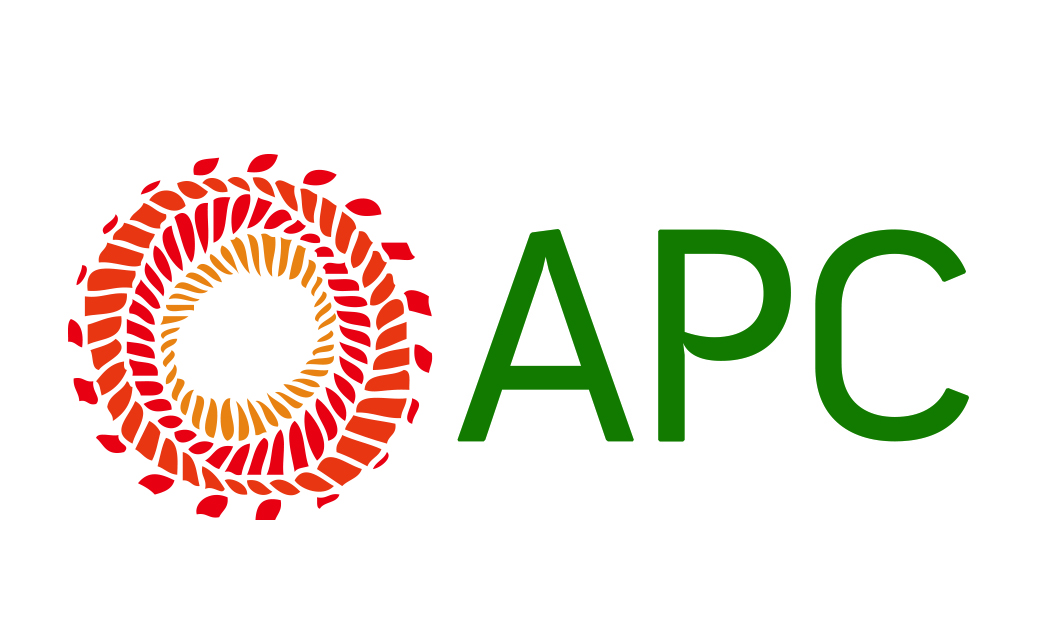Community radio now has new enthusiasts in Kerala. Rightly, among media students! The new found enthusiasts are Electronic Journalism Students of Press Club, who attended the workshop on community radio organised by SPACE and MEDIACT in Thiruvananthapuram from January 8-10, 2008.
Community radio is little understood in Kerala where much ado was made about the entry of two corporate houses into FM business recently. Ironically, it is also little understood by those who matter most, the media students themselves! It was this gap that the organisers sought to bridge through the three day workshop.
The students were initiated into the theory and practice of community radio. The model showcased at the workshop was Radio Alakal, the community radio of fisher folk in Vizhinjam, Thiruvananthapuram. Mr. Arun, SPACE and Mr. Suresh, MEDIACT shared new perspectives on free radio with the students. Mr Stalin, Mr. Paniyadima and Ms Nimmy, members of Radio Alakal, shared their experience in putting the theories into practice for Radio Alakal.
Student productions
The students produced an array of audio programmes for the visually challenged in the course of the workshop. The programmes were later compiled by SPACE into an audio magazine, the first of its kind for the visually challenged in India. The audio magazine, christened Swaram, was later released during the launch of 'Insight' an ICT project of Government of Kerala for the differently abled.
The students who worked behind the scenes of most of the programmes were thrilled. "I can't believe we did this. But now after listening to the tape, we feel we can do more", said Sreejith, a media student.
"What can community media do?"
Building confidence in themselves was only a small step. The biggest challenge for the organisers lay in building their confidence in the medium itself. The question "what can community media do in an era of state and corporate media?" was debated during the workshop but the answers left some of them still feeling sceptic. The question was better resolved when their own radio production was played to an audience of 30 odd visually challenged men and women at the launch of Insight. The significance of a radio that speaks to and for a chosen audience became more apparent then.The students have now signed up with SPACE and MEDIACT, for developing more programmes jointly.
Indian models of community radio
Community radio is still a fledgling medium in India. One of the reasons for the slow growth is the government restriction on the use of airwaves by individuals and organisations. The recent policy which permits NGOs with a long track record of community development to set up radio stations for the communities they work with, is a milestone in the history of community radio in India. But it still leaves a large number of radio enthusiasts without broadcast rights. Restrictions have given rise to various ingenious models of community radio in India. Some of them, including Radio Alakal, operate by distributing audio programmes on cassettes/CDs and narrow casting them through loudspeakers placed at strategic points in a community.


